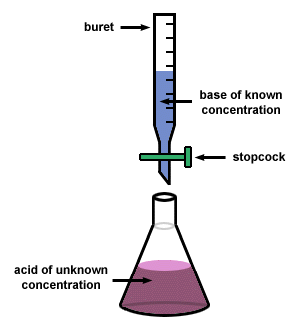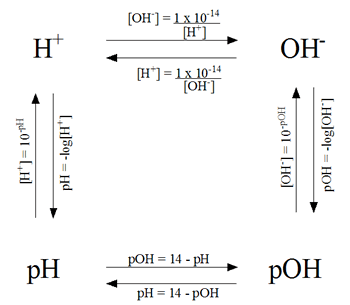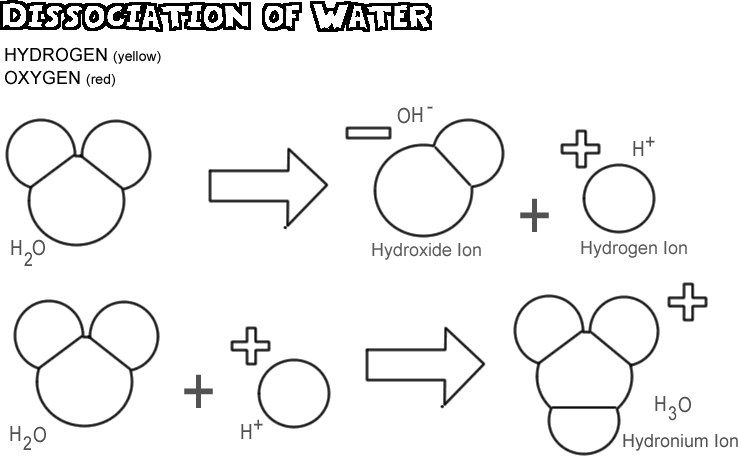Polar molecules have an overall charge separation. A good rule of thumb is: unsymmetrical molecules are usually polar. Asymmetry can be determined by drawing the molecule, and inspecting the horizontal and vertical symmetries. Symmetrical molecules are usually non polar. Molecular dipoles are the result of unequal sharing of elections in a molecule. Why does this happen? It is because electrons want to be as far away from each other as possible. In different molecules, this can be achieved in different ways.
For example, if we have CH4, we can easily draw its Lewis dot diagram (electron) or bond diagram. It is symmetrical, and is therefore non polar, even though it was intramolecular polar bonds. As a result, this molecule can only form London dispersion forces.
Let’s look at another molecule, NH3. This molecule has a lone pair, and this creates asymmetry. And therefore, it is polar. It creates a negative and positive dipole. If two molecules of NH3 are attracted to each other in this manner, it is a dipole-dipole bond. The Hs and lone pair electrons cause the molecule to form a pyramidal shape, separated by 107o. If we take a tour back to CH4, this molecule’s shape was tetrahedral with 109.5o between them.
The dipole symbol means partially charged.
You may be thinking water is linear, meaning no polar. If you do, then you are very, very wrong. If water wasn’t polar, then life would not exist as we know it. To calculate the EN for water may be hard. But in order to do so, we only look at the bond between H and O, since only they are connected. Since O is 3.44, and H is 2.20, the EN difference is 1.24, forming a polar covalent bond.
A compound, such as CCl2F2 may be drawn as a Lewis dot diagram. We do so, and put the Fs on opposite ends, making it appear symmetrical. We conclude it is non-polar. However, this is wrong. Because the molecule takes a tetrahedral shape, it is in fact a distorted tetrahedral, and consequently polar.







